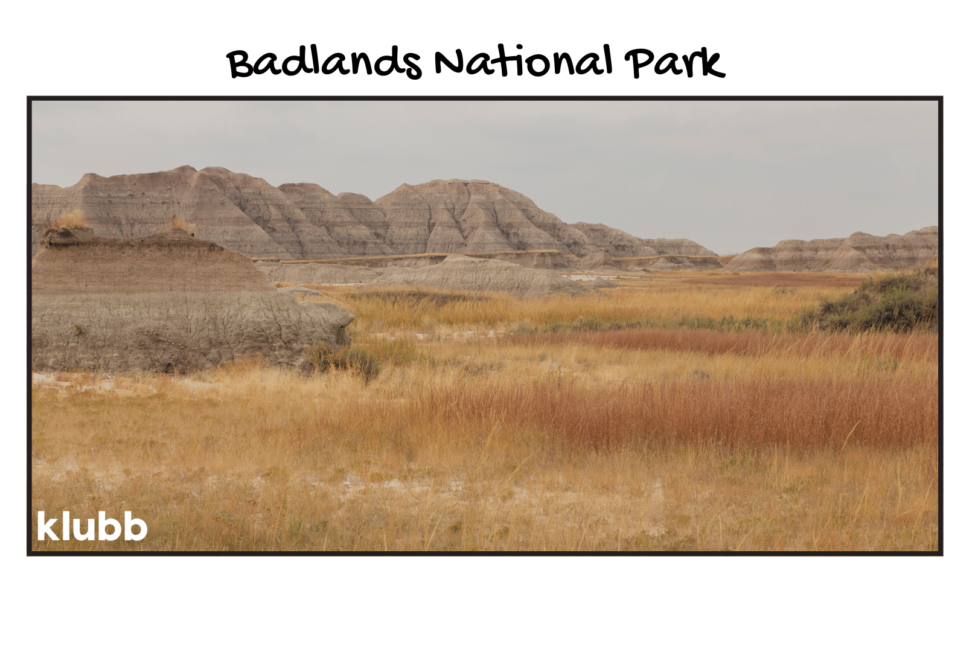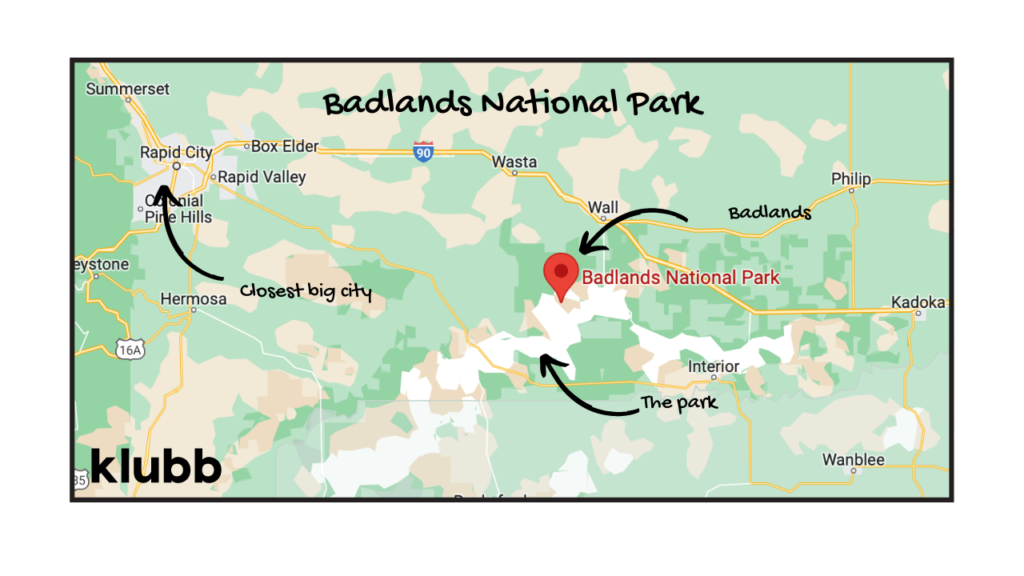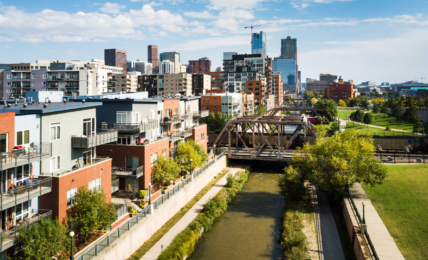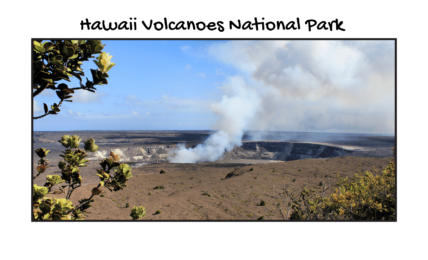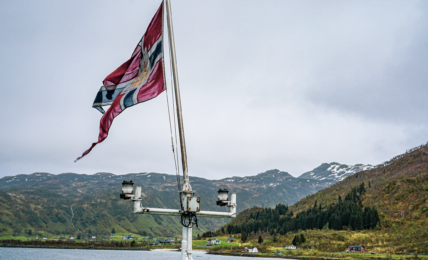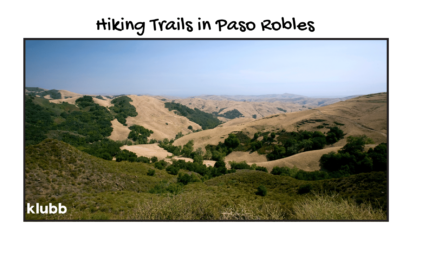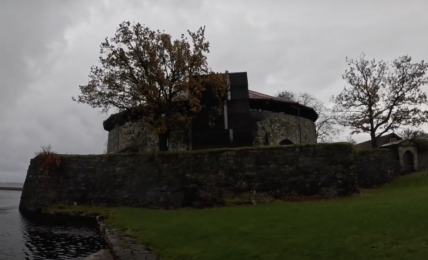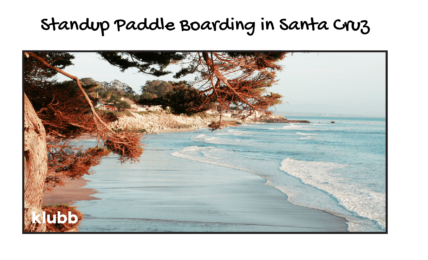Badlands National Park (Badlands South Dakota)
The blend of easy day hikes and dramatic scenery makes the Badlands National Park a destination for everyone. Located in South Dakota, you will find an abundance of wildlife and incredible rock formations that were created over the last millions of years.
